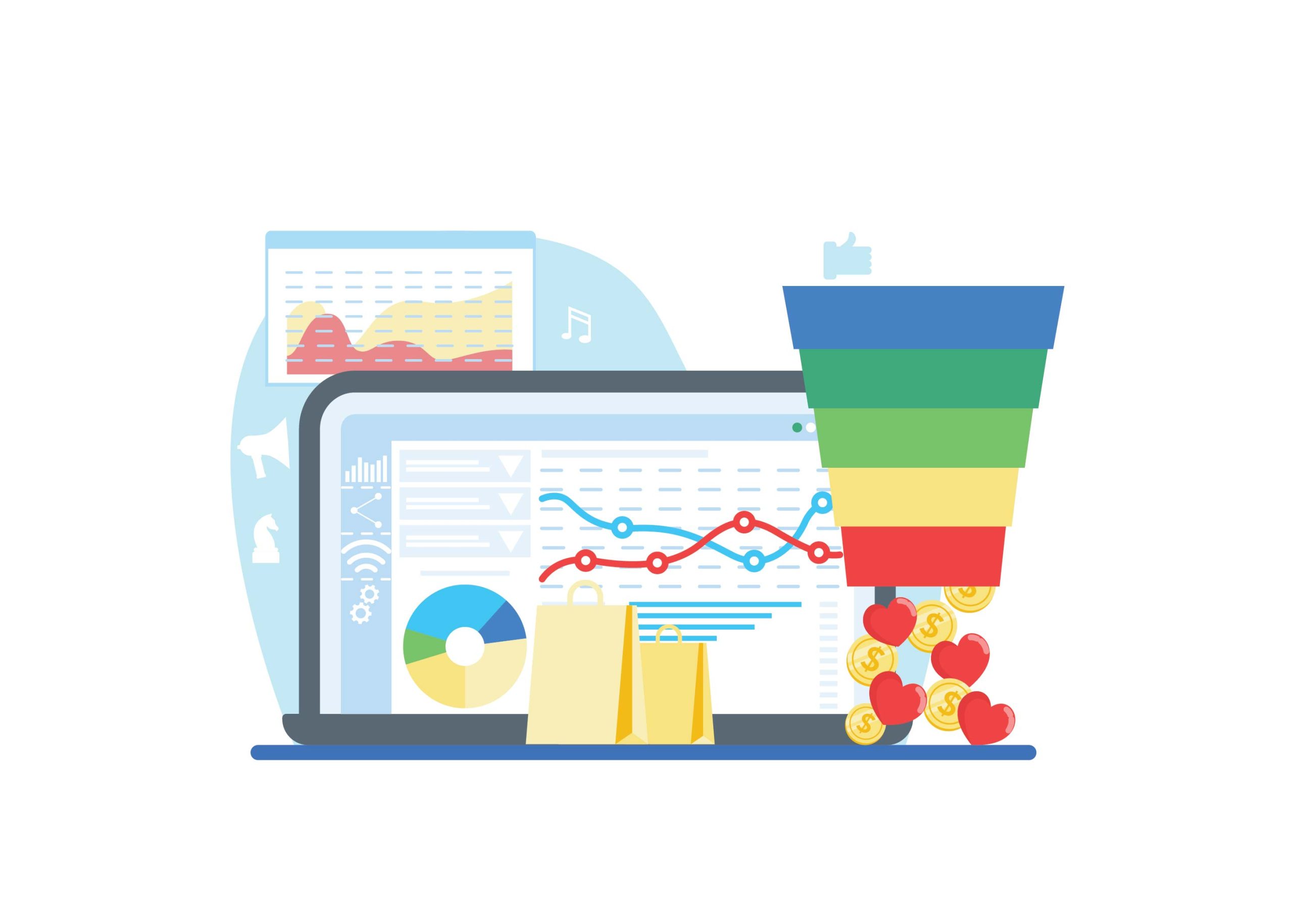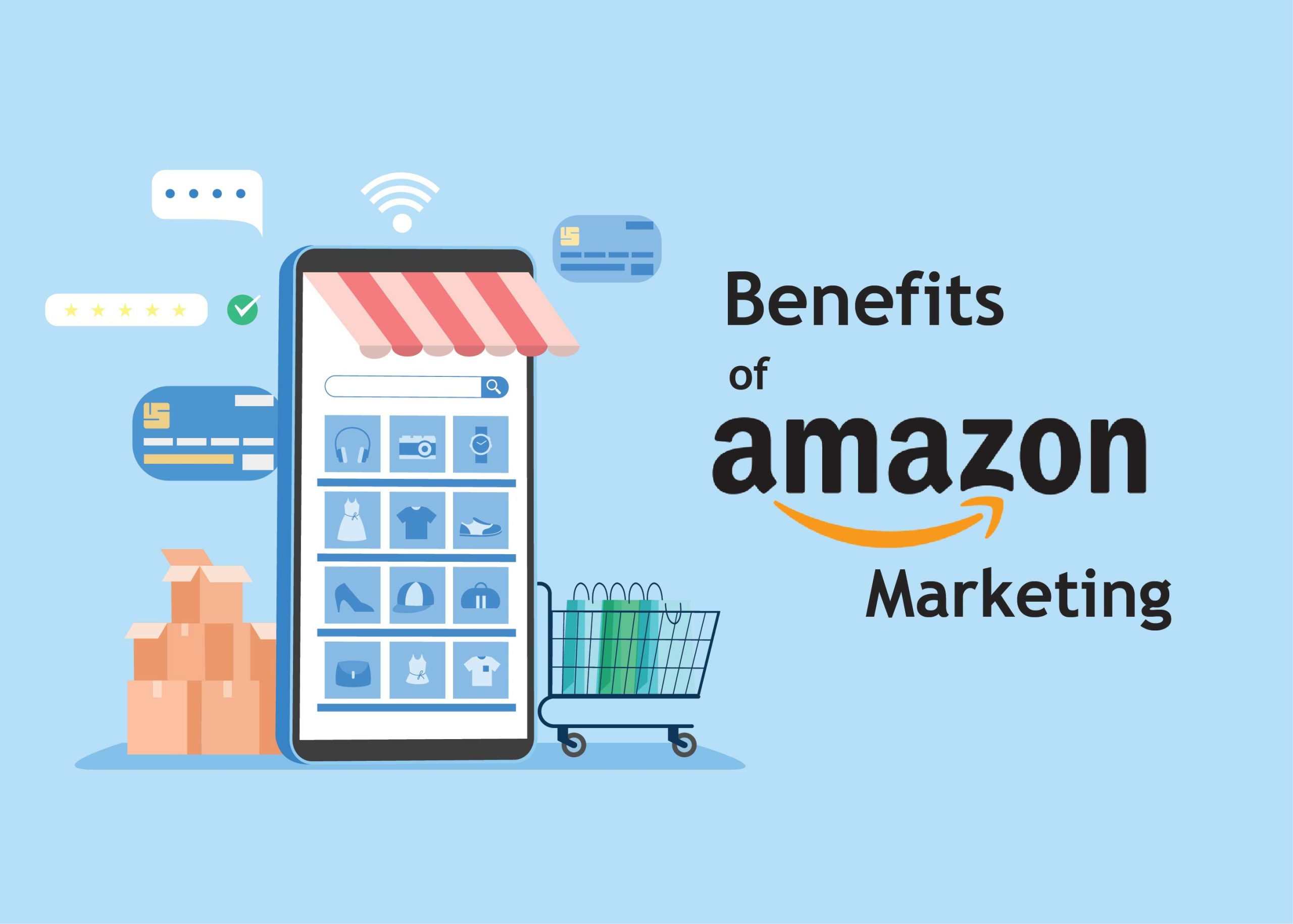Latest Blog
Harnessing the Power of Digital Ads Data to Enhance Your Brand Story

The power of digital advertising is growing rapidly, and it’s important for brands to stay ahead of the curve in order to gain an edge over their competition. By harnessing data from digital ads, you can more effectively target your audience and craft compelling brand stories that speak directly to consumer needs. Whether you’re new to digital advertising or are a seasoned professional, topics like tracking performance metrics and leveraging effective demographic segmentation can be daunting. That’s why today we’ll dive into how businesses large and small can use digital ads data intelligently – arming them with the knowledge necessary to start making smarter digital marketing decisions for their company growth!
Introduce Digital Ads Data and Its Importance for Creating a Successful Brand Story
In today’s world, digital advertising takes the cake when it comes to promoting businesses and increasing brand awareness. With the vast amount of data available, businesses can uncover valuable insights about their target audience and tailor their ads to generate better engagement. From tracking clicks and impressions to monitoring user behavior, digital ads data can provide comprehensive information on how customers interact with your brand and the types of messages that resonate with them. Understanding these metrics is critical to building a successful brand story, as it helps businesses develop more targeted and effective advertising campaigns. As a result, investing in data analytics can lead to greater ROI, increased brand loyalty, and a bigger bottom line.How to analyze data points to Get the maximum insights from Them
As the digital world continues to evolve, data has become a crucial component in shaping brand stories that resonate with audiences. With the right analysis of data points, businesses can gain unparalleled insights about their target market, making informed decisions about their marketing strategies. The secret lies in understanding the nuances of data analysis and mining the treasure trove of information that is available. By tapping into digital ad data, businesses can effortlessly identify trends, analyze audience patterns and optimize their ad campaigns. Moreover, data analysis provides businesses with deeper insights into how customers interact with their brand message, enabling them to create a compelling brand story that resonates with customers. It’s a powerful tool that every business must harness to stay ahead in the game.Analyze what ads are working and why to improve your messaging and targeting
In today’s digital age, the power of digital ad data to enhance your brand story cannot be overstated. By analyzing what ads are working and why, you can improve your messaging and targeting to appeal to your target audience in a more effective way. The key lies in leveraging the vast amounts of data available to you to gain valuable insights into what resonates with your audience and what doesn’t. With this information, you can craft messages that truly resonate with your audience and engage them on a deeper level. Furthermore, by understanding the data behind your ad campaigns, you can optimize your targeting to reach the right people at the right time, maximizing your return on investment. The power of digital ads data should not be underestimated. It can be the key to unlocking the full potential of your brand and taking your marketing efforts to the next level.How to use collected data in order to create an engaging brand story
We can confidently say that the power of digital ads data is immense. By collecting and analyzing data, businesses can gain valuable insights into their target audience, their interests, and their behavior. With this knowledge, you can craft a brand story that truly resonates with your audience, engaging them on a deeper level and building brand loyalty. The key is to use the data to understand what drives your audience and speaks to their needs and desires. From there, you can tailor your messaging and creativity to fit their preferences and connect with them in an authentic, meaningful way. In today’s digital landscape, the brands that successfully leverage data to enhance their brand story will be the ones that stand out and thrive.Different Types of Digital Ads Data Available (Impressions, Clicks, Cost-per-Click)
Digital advertising has become an indispensable tool for businesses that want to thrive on the Internet. To make informed decisions about the performance and efficiency of digital ads, marketers can rely on a multitude of data points. One of the most basic indicators is impressions, which refers to the number of times an ad was displayed on a web page. Another important metric is clicks, which measures the number of times users clicked on an ad to go to the advertiser’s website. Cost-per-click, or CPC, is a metric that measures how much it costs per click on an ad. Other types of digital ad data that can provide valuable insights into the effectiveness of ad campaigns include reach, engagement, conversion rate, and more. By understanding the different types of digital ad data available, businesses can optimize their strategies to achieve better results and return on investment.Track and Monitor the Performance of Ad Campaigns to Optimize Them
With the right tools and methods, you can gather the data needed to make informed decisions and optimize your campaigns accordingly. For PPC services, this means tracking clicks, impressions, and conversions, as well as monitoring your ad spend and ROI in real time. Advanced analytics and reporting tools can help you visualize the data and identify trends and opportunities for improvement. This data-driven approach can help you make smart adjustments to your campaigns, improve their performance, and ultimately achieve your advertising goals.Utilize A/B or Multivariate Testing to Compare Different Ad Versions
In the business world, effectiveness is key. Your ads play a significant role in the way consumers perceive your brand, and ultimately, whether they make a purchase or not. That’s why it’s crucial to ensure that your ads are as effective as possible. One way to do this is through A/B testing or multivariate testing. By comparing different versions of your ad against each other, you can determine which approach is most effective at capturing your audience’s attention. This allows you to optimize your advertising strategy, ensuring that you get the most out of every dollar you spend. In today’s competitive landscape, every advantage counts, and A/B or multivariate testing could be just what you need to get ahead.Examples of Successful Brands Who Have Perfectly Utilized Digital Ads Data
In today’s digital age, big data is king. Brands are no longer relying on guesswork and hunches to inform their marketing decisions. Instead, they’re turning to data-driven insights to create targeted and effective digital advertising campaigns. And while many companies are still struggling to harness the power of big data, others have fully embraced this shift and are reaping the rewards. Take Starbucks, for example. By analyzing customer data and leveraging geolocation technology, the coffee giant is able to deliver hyper-targeted mobile ads that promote relevant products and specials. Similarly, Spotify uses data to offer personalized music recommendations to users, while Nike uses insights to create top-notch product offerings for its customers. These top-notch brands showcase how utilizing digital ads data can lead to unparalleled success in today’s highly competitive marketplace.Conclusion
To conclude, the use of digital ads data is an essential part of developing a successful brand story. Through proper analysis of collected data points, it is possible to accurately determine which types of ads are working and why. A/B testing or multivariate testing can be employed when optimizing campaigns for maximum efficiency. Ultimately, any brand that wishes to reach its target audience must take advantage of the possibilities offered by digital advertising – just as many well-known brands have done in the past. This includes creating targeted and engaging ads, tracking performance carefully, and utilizing data to make decisions and adjust campaigns accordingly in order to continue achieving success.Get the latest updates on new technology, services and many more by subscribing to this Newsletter.










